Mon to Fri: 09:00 am to 07:00 pm

Mon to Fri: 09:00 am to 07:00 pm

When it comes to home renovations or repairs, one of the most common questions that homeowners ask is whether certain materials are still available. This is especially true for older homes that may have been built many years ago and may require specific materials for repairs or replacements. In this article, we will focus on house siding from 2007 and explore whether it is still being made today.
House siding refers to the exterior material used to cover the walls of a house. It serves both functional and aesthetic purposes, providing protection against weather elements and enhancing the overall look of a home. There are various types of houses siding materials, including vinyl, wood, fiber cement, aluminum, and stucco.

In 2007, the housing market was experiencing a significant boom, and a wide range of siding materials was in demand to meet the diverse needs of homeowners. During this time, various styles and materials were popular, each offering unique benefits in terms of durability, maintenance, and appearance. Understanding the original siding materials that were commonly used in 2007 provides valuable insight into the availability and longevity of these products today.
In 2007, vinyl siding emerged as the top choice for homeowners due to its affordability, durability, and low maintenance. It is available in a wide range of colors and styles, allowing homeowners to customize the look of their homes easily.
Vinyl siding is resistant to peeling, fading, and cracking, making it a long-lasting option. Additionally, the insulation properties of insulated vinyl siding can help improve energy efficiency.
Wood siding remained a popular option in 2007, appreciated for its natural beauty and versatility in design. Available in various species, such as cedar, pine, and redwood, wood siding can be stained or painted to match any aesthetic.
While it offers excellent insulation and a classic appeal, wood siding requires regular maintenance, including painting and sealing, to protect against weathering and pests.
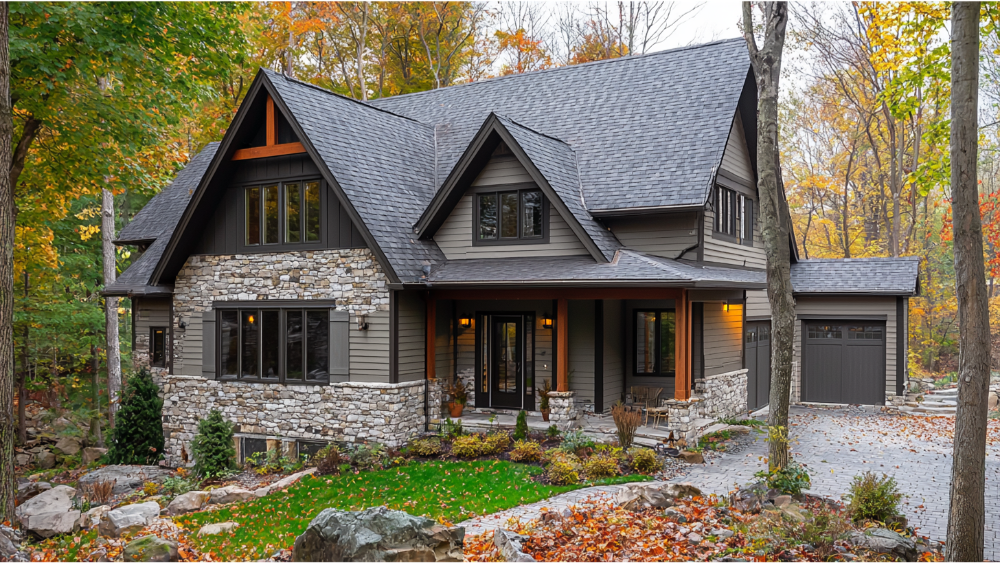
Fiber cement siding gained traction in 2007 due to its impressive resistance to rot, insects, and fire. Made from a mixture of cement, sand, and cellulose fibers, this siding option mimics the appearance of wood while offering greater durability and lower maintenance.
Often referred to as cement board siding, it is available in various styles, including lap, panel, and shingle, and can be painted in any color. Fiber cement siding is known for its longevity, often lasting over 50 years with proper care and if it was installed correctly.
Another popular choice in 2007 was aluminum siding, favored for its affordability and low maintenance requirements. It is resistant to rust, rot, and pest infestations and can be easily cleaned with a power washer.
However, aluminum siding may dent or scratch more easily than other materials and lacks insulation properties, especially when paired with window and door frames that may require additional insulation.
In 2007, Masonite was a common brand for engineered wood siding, offering a cost-effective alternative to real wood. Made of compressed wood chips and resin, Masonite siding was known for its durability and resistance to weather elements. However, it has now been discontinued because it was unable to maintain a good reputation.
The short answer is yes - house siding materials from 2007 are still available today. However, some products may have been discontinued or may no longer be as widely used as they once were. For example, the specific color or style of vinyl siding that was popular in 2007 may no longer be available, but there are still many options to choose from.
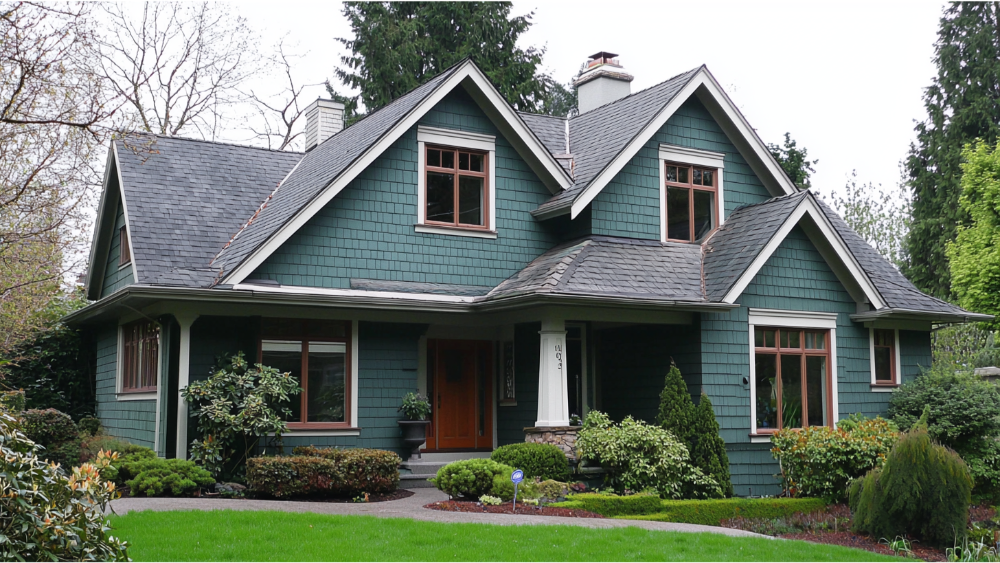
There are several factors that can affect the availability of house siding from 2007. One major factor is changes in technology and manufacturing processes. As new advancements are made, some materials may become obsolete and replaced by newer, more efficient options making an exact match of siding replacement being near to impossible at times. This is typically depending on the type of siding that the existing siding materials were made of. Additionally, market demand and trends can also impact the availability of certain materials from many siding manufacturers.
Moreover, economic conditions play a crucial role in availability. Fluctuations in raw material costs or supply chain disruptions can lead to shortages or delays in production. Environmental regulations and sustainability concerns can also influence the types of materials that manufacturers choose to produce, potentially limiting options for homeowners.
Finally, regional preferences and local building codes may affect availability, as certain siding materials may be more popular or permissible in specific areas. Understanding these factors can help homeowners make informed decisions when selecting siding for their homes.
If you are specifically looking for house siding from 2007 for your home repair or renovation project, there are a few things you can do to find the specific siding material.
The first step is to search for local suppliers or manufacturers that may still carry the material you need. Another option is to reach out to professionals in the construction industry who may have access to discontinued or hard-to-find materials.
If you are unable to find the exact house siding from 2007, there are alternatives that can achieve a similar look and function. For example, if wood siding was your preferred choice but is no longer available, consider using fiber cement siding with a wood grain finish. It is also worth considering newer options such as engineered wood or composite siding that offer improved durability and lower maintenance requirements.
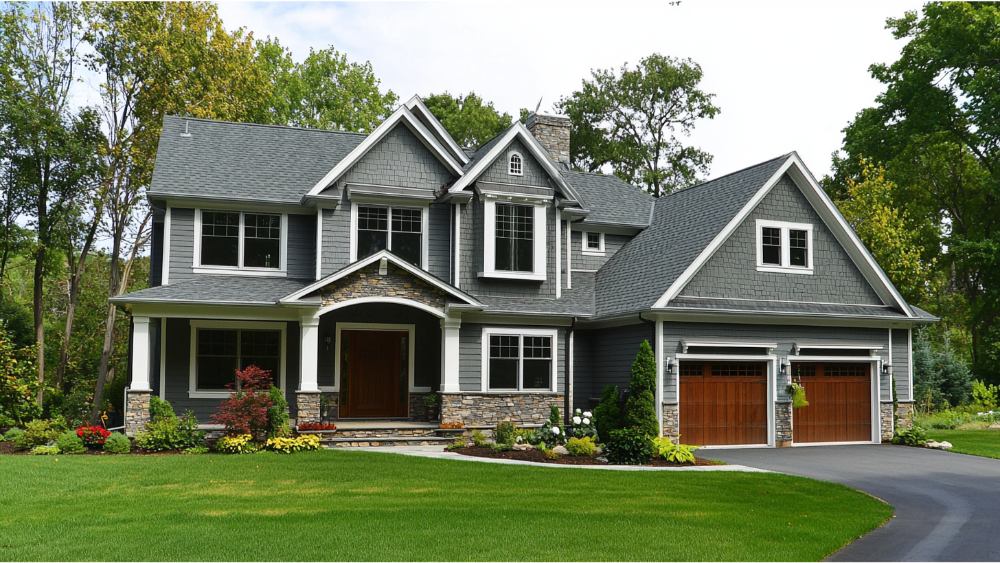
At Pro Superior Construction, we proudly serve as your reliable experts for all your house siding needs. Our committed team specializes in the installation, removal, and consultation of a variety of siding materials, ensuring that your home's exterior not only looks amazing but also provides the necessary protection.
Whether you're looking to restore the timeless appeal of your home with siding from 2007 or want to explore more modern, efficient options, our experienced professionals are here to assist you every step of the way.
We provide personalized consultations to help you choose the perfect siding that fits your unique needs and preferences. Rely on Pro Superior Construction for outstanding craftsmanship and exceptional customer service, making your siding project an easy and fulfilling experience.
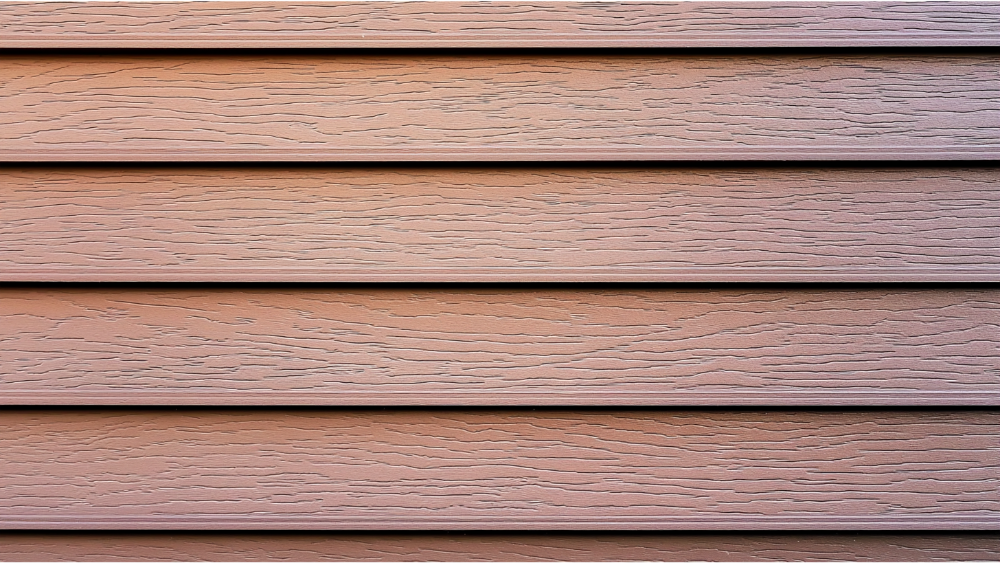
Yes, vinyl siding remains a top choice for homeowners due to its affordability and durability. It has also improved over the years with advancements in technology, offering a wider range of colors and styles that mimic the look of natural materials.
Additionally, vinyl siding is low maintenance, resistant to pests, and can enhance energy efficiency when properly installed. With its combination of aesthetic appeal and practicality, it's no wonder many homeowners continue to choose vinyl siding for their homes.
Fiber cement siding is known for its longevity, often lasting over 50 years with proper care. However, other factors such as installation and maintenance can also impact the lifespan of any siding material.
Some popular trends in house siding today include a focus on eco-friendly and sustainable materials, as well as modern styles such as metal and composite cladding. Siding panels are gaining popularity for their ease of installation and sleek appearance, and there is also a growing interest in mixed-material exteriors, combining different siding materials for a unique look. Overall, the demand for low-maintenance and energy-efficient options continues to drive innovation in the industry.
The lifespan of house siding can vary greatly depending on factors such as material, installation, and maintenance. In general, vinyl siding may need to be replaced every 20-30 years, wood siding every 10-50 years, and fiber cement siding every 50+ years. It is important to regularly inspect your siding for any signs of damage or wear and consult a professional if necessary. Ultimately, the decision to replace siding should be based on its condition and whether it is still providing adequate protection for your home.
Some factors to consider when choosing new house siding include cost, durability, maintenance requirements, energy efficiency, and the overall aesthetic. It is also important to consider your specific climate and any potential risks or challenges, such as extreme weather conditions or pests in your area. Consulting with a professional can also help you make an informed decision based on your individual needs and preferences.
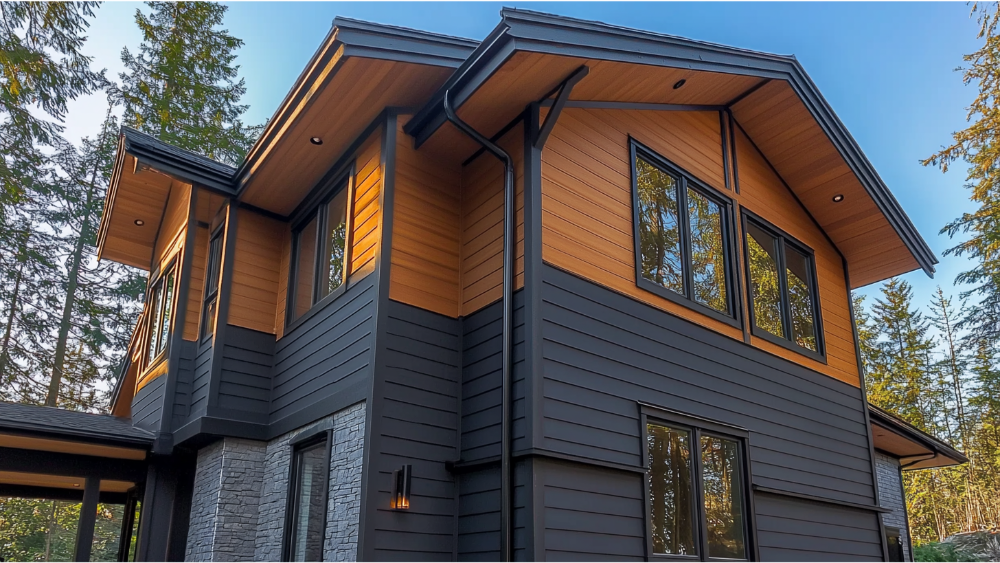
Back in 2007, popular options included vinyl, wood, fiber cement, and aluminum. While these materials are still on the market today, advancements in technology and shifts in consumer demand may affect their availability. If you can’t locate the exact siding from 2007, don’t worry—there are modern alternatives that can provide a similar look and function.
It's essential to weigh your options carefully and seek advice from professionals to find the best fit for your home. With proper installation and maintenance, the right house siding can significantly enhance your home's appearance and durability for years to come.
Get a free siding or windows estimate today by simply filling out this form.
Our team members


